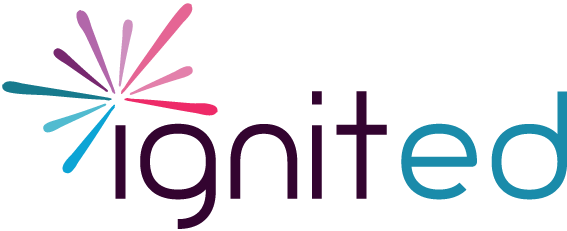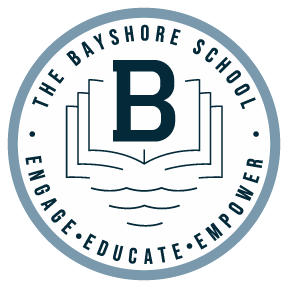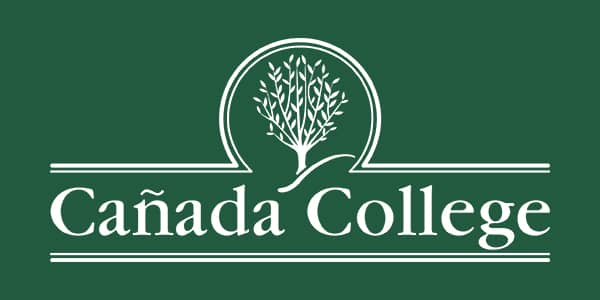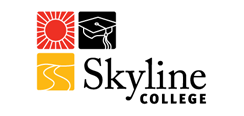Strong Workforce – SMCOE
Category of Impact:
EdTech Integration
Status:
Current
In 2021, KCI provided professional learning on three CTE topics: Biotechnology, Product Design and Engineering, and Architecture. In 2022, KCI will provide a 10-month Game-Based Learning Makerspace program.
The issues and challenges that exist in San Mateo County, as well as those that are addressed in the BACCC’s Regional Plan Priorities, have led us to the development of our vision of extending the CTE pipelines into the middle school level. By increasing community engagement and family outreach efforts, adapting instruction and professional development to the virtual space (Priority 1 Goal 4), bolstering priority pathways, and directing CTE Awareness and CTE Exploration courses’ enrollment efforts toward students from underserved communities (Priority 2 Goal 1), we hope to address the aforementioned challenges and close equity and opportunity gaps. As such, we have developed a partnership with four, long-standing Bay Area nonprofit leaders, and are directly aligning our vision with the goals of the Regional Plan.
Objectives:
- Designing and implementing CTE Awareness Modules, a CTE Awareness elective course, and CTE Exploration elective courses in seventh and eighth grades in participating school districts (Priority 3 Goal 3). The modules and courses are all STEM-focused and aligned to these CTE pathways: Information and Communication Technologies; Energy/Environment/Utilities; Health Science and Medical Technologies (Priority 2 Goal 8); Manufacturing and Product Development (Priority 2 Goal 10); Engineering and Architecture; and Agriculture and Natural Resources (Priority 2 Goal 6). They will be designed by content and industry experts, using a project-based learning framework.
- A Teacher Support System. In conjunction with our partners, we will support participating teachers by providing virtual professional development (Priority 1 Goal 4), internships, fellowships, and ongoing, in-class support, and curricular/instructional resources and materials.
- Communities of Practice. These pathway-specific communities will be composed of educators, industry partners, local government, non-profit organizations, and members of the Higher Education community. They will serve to build ongoing relationships and create new leadership roles for teachers. (Priority 1 Goal 3)
- Purchasing equipment, materials and resources that provide students with hands-on, work-based learning experiences. As it is our expressed priority to provide equity of access to underserved student populations, which ultimately would help close income and opportunity gaps, these purchases will be critical to their current and future successes. (Priority 1 Goal 1; Priority 2 Goal 3).













